How will these resources help you?
The extent to which the development gap can be closed is a common topic in GCSE and A-level specifications and is widely introduced at KS3. At higher levels, students must be able to assess the viability of the various strategies, substantiating answers with examples. These resources will support teachers in delivering this content and students in conducting independent enquiry. Strategies such as investment and aid are covered, and their outcomes scrutinised. The commonality of economic conditions of developed countries are explored to see what foundations are needed for development, as well as revisiting the meaning of 'development' as the term continues to evolve, continually changing the size of the gap.
Aid
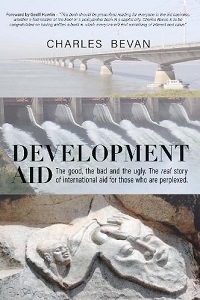
Development Aid: the good, the bad and the ugly. The real story of international aid for those who are perplexed
by Charles Bevan, published by Compass-Publishing UK, (2021), 9781913713720
This accessible book is a detailed critique of overseas aid between 1970 and 2010, and Bevan shows that many of the criticisms of the way aid funds are allocated and spent are still relevant today. Written from an agricultural perspective, the book is a critical review and analysis of a large number of aid projects. Chapters 1 and 2 are particularly useful in setting the scene and covering the theory and institutions involved, and Chapter 5 explains ‘what works and why’, which is particularly important for studies of development at GCSE, A-level and beyond. Students can engage in critical thinking in Chapters 3 and 4, where a wide range of case studies are critically examined. (You can be selective about which you present to students.) The book concludes with the likely effects of wider geopolitical forces on the future of aid. The underlying message is that aid delivery is a form of soft power that limits the ability of the development gap to be closed.
Investment
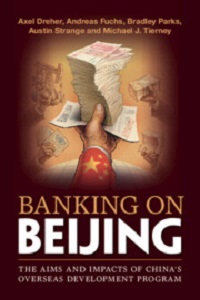
Banking on Beijing: The Aims and Impacts of China’s Overseas Development Program
by Axel Dreher, published by Cambridge University Press, (2022), 9781108463393
China’s involvement in Africa is controversial. Highlighted as an example of investment to close the development gap at GCSE, students are introduced to the idea that China’s self-interest is being served as it changes from ‘benefactor to banker’. The book explains that ‘China is the lender of first resort for much of the developing world’, and delves into the history and current status of Chinese development finance. Chapter 6 explores its distribution, and Chapter 7 'Paving the Way to Growth and Development?' explores the socioeconomic impacts of Chinese investment. Students at A-level (and higher ability GCSE) can explore this chapter (and Chapter 8 'Poisonous Dragon Fruits') to conduct an independent enquiry into the extent to which Chinese investment can close the development gap. The enquiry can then be presented as an essay question of a 9-mark GCSE question (AO3).
A wider view of development
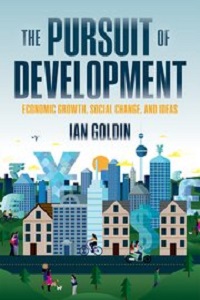
The Pursuit of Development: Economic Growth, Social Change, and Ideas
by Ian Goldin, published by Oxford University Press, (2016), 9780198778035
This important book shows that the meaning of development has evolved beyond the simplicity of wealth, and to an extent health and education, and now includes consideration of the issues of gender, equity and wellbeing, and sustainability and environment. This is very well put in Chapter 1 in the section ‘The Meaning of "Development"’ and is an accessible read for GCSE and A-level students (or higher ability KS3). Chapter 4 ‘What Can be Done to Accelerate Development?’ is most relevant to closing the gap, where varying schools of thought are examined. Starting with modernisation theory, the chapter explores economic conditions necessary for countries to develop, as well as the 'state of the market’. Subsequent chapters build on this with aid, sustainability, and globalisation. Goldin provides a range of data tables that support students in analysing geographical information.
Reasons for optimism
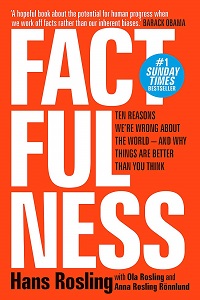
Factfulness: Ten Reasons Why We’re Wrong About the World – and Why Things Are Better Than You Think
by Hans Rosling, Ola Rosling, Anna Rosling Rönnlund, published by Sceptre, (2019), 9781473637498
Essential reading for this topic, or indeed for Human Geography in general. This book is readable and accessible to GCSE students and higher ability KS3 students. It provides a sometimes humorous analysis of global development and how our pessimism about development is unjust. Roslin identifies many stages of development between the binary definitions that are used in the KS3 National Curriculum and GCSE, such as LIC and HIC, in terms of health, wealth and transport, and draws on a range of examples to support this. The book begins with a series of questions on development that are ideal to quiz a class with, before demonstrating how little we know. As one review states, ‘Hans Rosling tells the story of the “silent miracle of human progress”’. The book follows Rosling’s 2013 lecture entitled ‘Don’t Panic’, drawing on large data sets to make his points, and some Gap Minder charts are included in the book.
Audiovisual clip
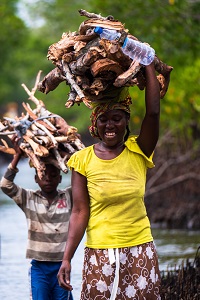
This World | Development in Mozambique
published by BBC, (2013)
Insights into how life in Mozambique has changed in the last 30 years.
Further materials
Can Nigeria's booming economy lift its poorest people? by Nick Schifrin, published by PBS News Hour, (2015)
Access this resource
China’s role in African development by Inside Story, published by Al Jazeera, YouTube, (2021)
Watch this video
David Newell is Head of Geography at Millais School in Horsham, West Sussex. He has held the GA’s Secondary Geography Quality Mark since 2015, and has worked as a Specialist Leader in Education, advising schools on improving their Geography provision.
Text © David Newell, 2022.
Text © David Newell, 2022.



